Pumpkin pie is more than just a holiday classic it’s a warm memory baked into every slice. Whether it’s your grandma’s secret recipe or a last-minute Thanksgiving miracle, pumpkin pie has this remarkable way of making any table feel complete. In this article, you’ll learn how to perfect your own version, make it gut-friendly, and even avoid that dreaded soggy crust. You’ll also get answers to those “People Also Ask” questions that pop up every season. Ready to create a pie that’ll impress at any gathering? Let’s dig into the magic behind the ultimate pumpkin pie.

The Warm Story Behind Every Pumpkin Pie
A Holiday Icon With a Personal Twist
My earliest memory of pumpkin pie goes back to a chilly November afternoon in Michigan. My mom stood at the kitchen island flour dusting her sleeves while I mashed the pumpkin like it was playdough. That pie wasn’t perfect, but it was ours. That scent of cinnamon, nutmeg, and cloves floating through the house? Still hypnotic today.
Pumpkin pie doesn’t just fill the belly it warms the spirit. Whether you’re using canned pumpkin or roasting your own, the result is the same: something deeply comforting and unmistakably nostalgic. There’s something about the first forkful that makes you feel like you’re home.
Even now, as I test versions for my blog, I think of that first pie. And it always reminds me that pumpkin pie is more than a dessert it’s a ritual. It connects generations. It whispers stories from the past while feeding the present.
Why Pumpkin Pie Is Always the Star
There are other pies apple, pecan, sweet potato but few have achieved the mainstream glory of pumpkin pie. It’s creamy, earthy, lightly spiced, and silky smooth. It balances rich tradition with versatile flavor.
And here’s the secret most people miss: it’s also surprisingly gut-friendly if made with the right ingredients. Fiber-rich pumpkin purée, warming spices, and low-glycemic sweeteners can transform this classic into something you can enjoy without guilt. It’s not just about flavor it’s about feeling good after dessert.
Pumpkin pie doesn’t just fill the belly it warms the spirit. Whether you’re using canned pumpkin or roasting your own like in our easy pumpkin alfredo pasta, the result is the same: something deeply comforting.
Avoiding a Soggy Bottom Tips for the Perfect Pumpkin Pie Crust
Blind Baking Makes All the Difference
Let’s face it no one wants to serve a pumpkin pie with a limp, pale crust. That dreaded soggy bottom can ruin the texture of an otherwise perfect dessert. But there’s a simple fix: blind baking.
Blind baking means prebaking your crust before you pour in the filling. This step creates a moisture barrier that keeps the bottom crisp. Start by lining your crust with parchment paper and filling it with pie weights or dried beans. Bake at 375°F for 12 to 15 minutes until just lightly golden. Once removed, let it cool slightly, then brush the inside with a beaten egg white. That thin coat seals the surface, keeping your crust firm and flaky even after the final bake.
Temperature Timing Is Everything
You’ve prebaked your crust but your filling is steaming hot. Pouring warm filling into a hot crust is a recipe for disaster. Instead, allow both components to cool to room temperature before combining. This slows the cooking process, helps everything bake evenly, and prevents cracks or bubbling.
A consistent baking temperature is equally important. Pumpkin pie loves a gentle heat—stick to 350°F and resist the urge to go higher. A slow, even bake allows the custard to set perfectly without overcooking the edges.
Want to keep baking stress-free during the holidays? with our gluten-free Irish soda bread you know how crucial oven timing and moisture balance can be.
Is Pumpkin Pie Actually Good for You?
The Health Benefits Hiding in Plain Sight
It might surprise you, but pumpkin pie can absolutely be part of a wholesome diet when made thoughtfully. At its core, pumpkin is a nutritional powerhouse. Just one cup of pure pumpkin purée is packed with fiber, vitamin A, potassium, and antioxidants that support everything from digestion to immune health. The spices traditionally used like cinnamon, nutmeg, and ginger don’t just add flavor; they also bring anti-inflammatory and gut-soothing properties to every slice.
The real question is what you add with that pumpkin. Commercial pies or pre-made mixes often include high fructose corn syrup, hydrogenated oils, and artificial flavorings. But when you start with pure ingredients, pumpkin pie becomes far more than just a seasonal treat it becomes a nutrient-dense dessert you can feel good about sharing.
Make Smarter Swaps Without Losing Flavor
Transforming pumpkin pie into a gut-friendly dessert is easier than you might think. Start by choosing real canned pumpkin not pumpkin pie filling. That way, you control the sweetness, spice, and texture. Instead of refined white sugar, go for natural alternatives like maple syrup or coconut sugar. These options add depth while being lower on the glycemic index.
As for the creamy component, ditch the condensed milk. Use full-fat coconut milk or unsweetened Greek yogurt. You’ll get the same richness without the added sugar or bloated feeling after eating.
And don’t forget the crust. Try a nut-based or oat crust for a fiber boost and healthy fats. The result is a slice that’s as satisfying as ever but leaves you feeling energized instead of sluggish.
Just like our reader-favorite zucchini cookies, this pumpkin pie skips refined sugar in favor of coconut sugar or maple syrup for gut-friendly sweetness.
How Pumpkin Pie Stacks Up Against Other Pies
Pumpkin vs. Pecan, Apple, and More
When dessert time rolls around, pumpkin pie usually shares the table with a few crowd-pleasing favorites apple pie, pecan pie, and sometimes sweet potato. But how does pumpkin pie really compare when it comes to health?
Let’s break it down. Pecan pie, while delicious, is notoriously rich in sugar, corn syrup, and butter making it one of the most calorie-heavy options. Apple pie, though made with fruit, often includes a double crust and a lot of added sugar, which pushes up the calorie count and fat content.
Pumpkin pie, in contrast, uses a single crust and relies on a naturally fiber-rich filling that’s smoother and easier on digestion. It often has fewer calories and less sugar overall especially when made with fresh or canned pumpkin and minimal sweeteners. It’s not just a seasonal favorite; it’s also one of the lightest and most balanced choices on the dessert table.
In fact, research has shown that pumpkin is loaded with antioxidants like beta-carotene, which help fight inflammation and support immune health making it a smart pick far beyond the holidays.
Simple Tweaks to Make It Even Healthier
If you’re aiming to make your pumpkin pie the healthiest dessert on the table, the good news is it doesn’t take much. Bake with clean ingredients. Choose coconut sugar or maple syrup for natural sweetness. Skip the condensed milk in favor of coconut milk or even oat milk if you want a dairy-free version. Try a crust made from ground almonds, oats, or even crushed walnuts for a wholesome texture that adds nutrition and flavor.
Serve with Greek yogurt or coconut whip instead of ice cream, and you’ve got a well-rounded, feel-good dessert that satisfies without weighing you down.
Looking for other ways to bring health into comfort food? These Healthy Zucchini Cookies are another great option they’re soft, sweet, and sneak in a veggie boost no one sees coming.
FAQs
Is pumpkin pie healthy or unhealthy?
It depends on how it’s made. Traditional pumpkin pie with loads of sugar and condensed milk is more of a treat. But with real pumpkin purée, natural sweeteners, and a lighter crust, it can absolutely be a nutritious and gut-friendly dessert.
What are the ingredients in pumpkin pie?
Classic pumpkin pie includes pumpkin purée, eggs, sugar or sweetener, warm spices like cinnamon and nutmeg, and a creamy component like milk or cream. The crust is typically made from flour, butter, and a pinch of salt. Healthier versions use alternatives like coconut milk and nut-based crusts.
How do I make my pumpkin pie not soggy on the bottom?
Blind bake the crust before adding filling. That means baking the crust by itself for 10–15 minutes using pie weights. Once baked, brush the inside with a little egg white to create a moisture barrier. Let it cool before adding your room-temperature filling.
Can I use canned pumpkin instead of pumpkin pie filling?
Yes and you should. Canned pumpkin is just pure pumpkin purée with no added sugar or spice. Pumpkin pie filling, on the other hand, contains sweeteners and additives that give you less control over flavor and nutrition.
What’s the healthiest pie to eat?
Pumpkin pie ranks among the healthiest when made with real ingredients and minimal added sugar. Compared to pecan or chocolate pies, it has fewer calories and offers fiber, vitamins, and antioxidants.
Is pumpkin pie good for your gut?
Yes! Pumpkin is high in fiber, which promotes digestion, and it contains nutrients that support gut health. Spices like ginger and cinnamon also aid the digestive process, making it both comforting and nourishing.
Fresh Pumpkin Pie
This Healthy Pumpkin Pie features a creamy filling made from real pumpkin purée, coconut milk, and maple syrup, all baked into a golden pre-baked crust. A comforting fall dessert that’s easy on the gut and rich in warm spices.
- Prep Time: 10 mins
- Cook Time: 50 mins
- Total Time: 60 mins
- Yield: 8 slices
- Category: Dessert
- Method: Baking
- Cuisine: American
Ingredients
1 ½ cups canned pumpkin purée
2 large eggs
⅓ cup maple syrup or coconut sugar
½ cup full-fat coconut milk
1 tsp ground cinnamon
½ tsp ground ginger
¼ tsp ground nutmeg
¼ tsp salt
1 pre-baked 9-inch pie crust
Instructions
1. Preheat oven to 350°F (175°C).
2. In a large bowl, whisk together pumpkin purée and eggs until smooth.
3. Add maple syrup, coconut milk, cinnamon, ginger, nutmeg, and salt. Mix until fully combined.
4. Pour the filling into the cooled, pre-baked crust.
5. Bake for 45–50 minutes, or until the center is set but slightly jiggly.
6. Cool completely on a wire rack before slicing. Refrigerate any leftovers.
Notes
For a gluten-free crust, use oat flour or nut-based alternatives. To prevent a soggy bottom, always blind bake your crust and brush it with egg white before filling. Let the pie cool fully before slicing to ensure a clean cut.
Nutrition
- Serving Size: 1 slice
- Calories: 210
- Sugar: 10g
- Sodium: 160mg
- Fat: 4g
- Saturated Fat: 4g
- Unsaturated Fat: 4g
- Trans Fat: 0g
- Carbohydrates: 27g
- Fiber: 3g
- Protein: 4g
- Cholesterol: 45mg
More Than Just a Slice of Dessert
Pumpkin pie isn’t just a seasonal dessert it’s a comforting symbol of tradition, warmth, and home. From its nutrient-rich pumpkin base to its versatility in the kitchen, this classic can be as healthy as it is delicious. With just a few ingredient swaps and a little care, you can create a version that nourishes your body while still feeling like a decadent treat.
Whether you’re gathering with family or baking just for yourself, let your next pumpkin pie be something more than nostalgic make it your own, and make it feel good from the inside out.
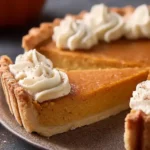

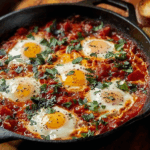
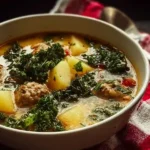

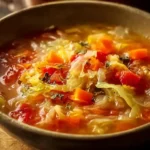
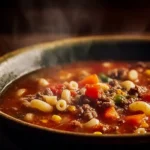
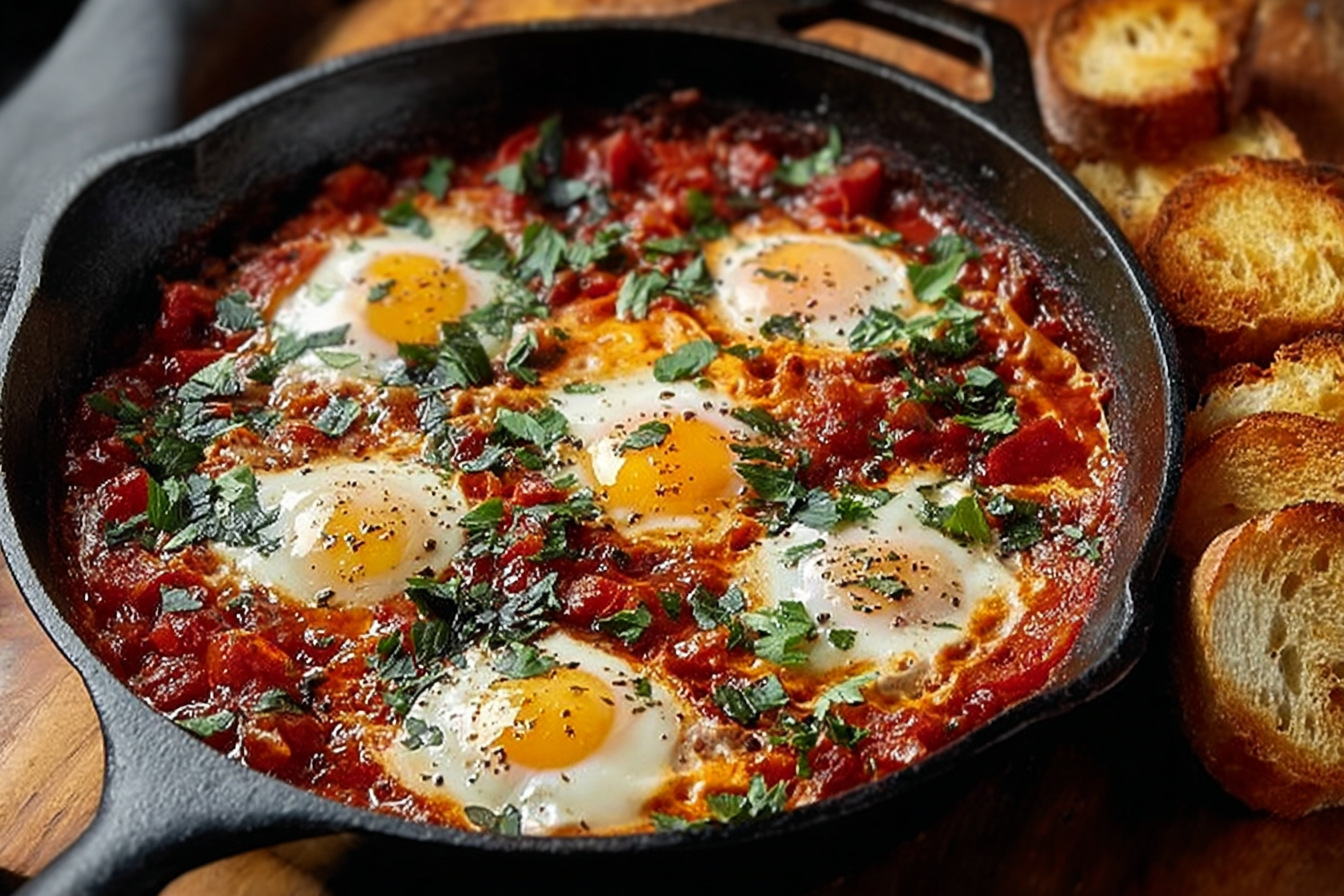
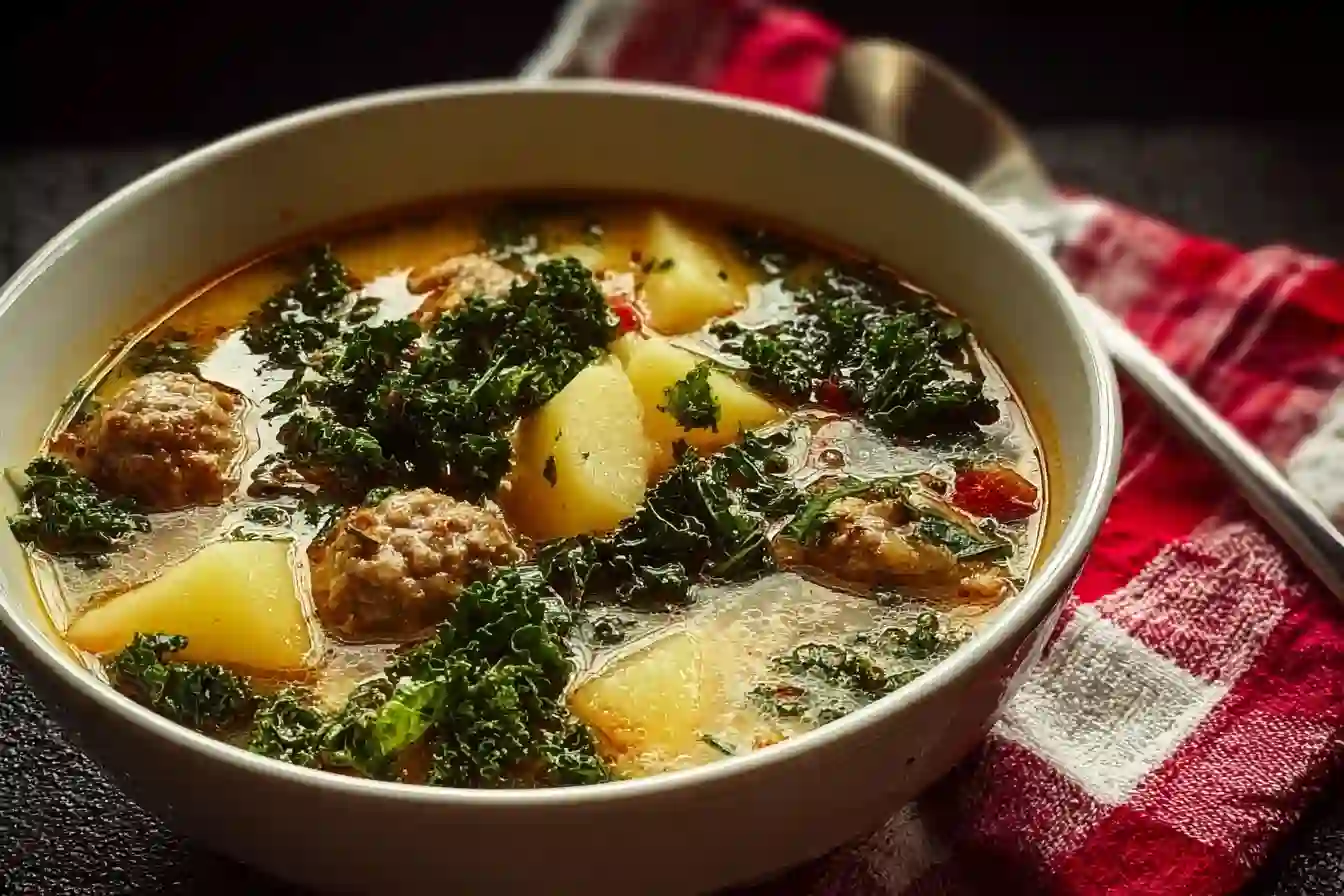
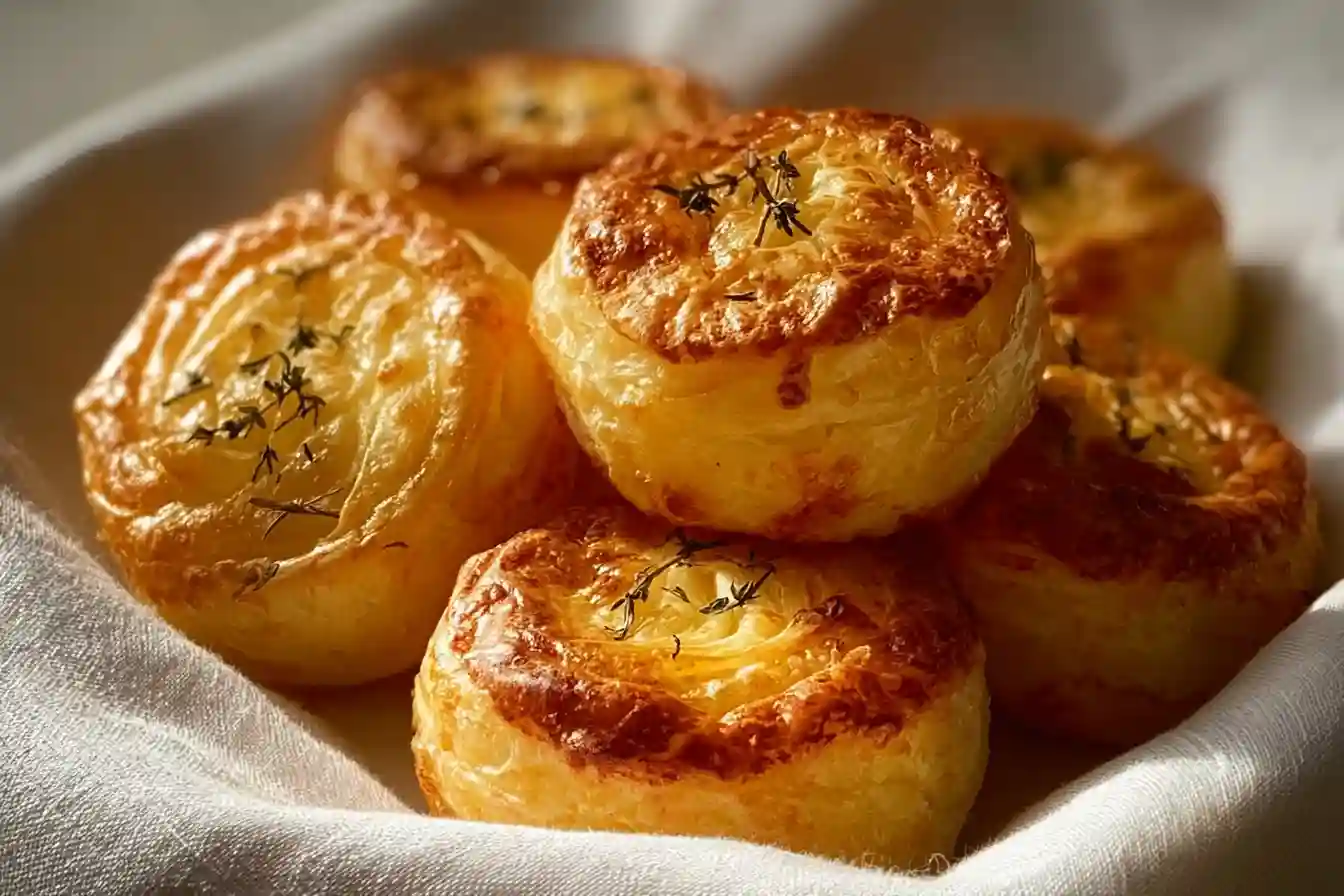
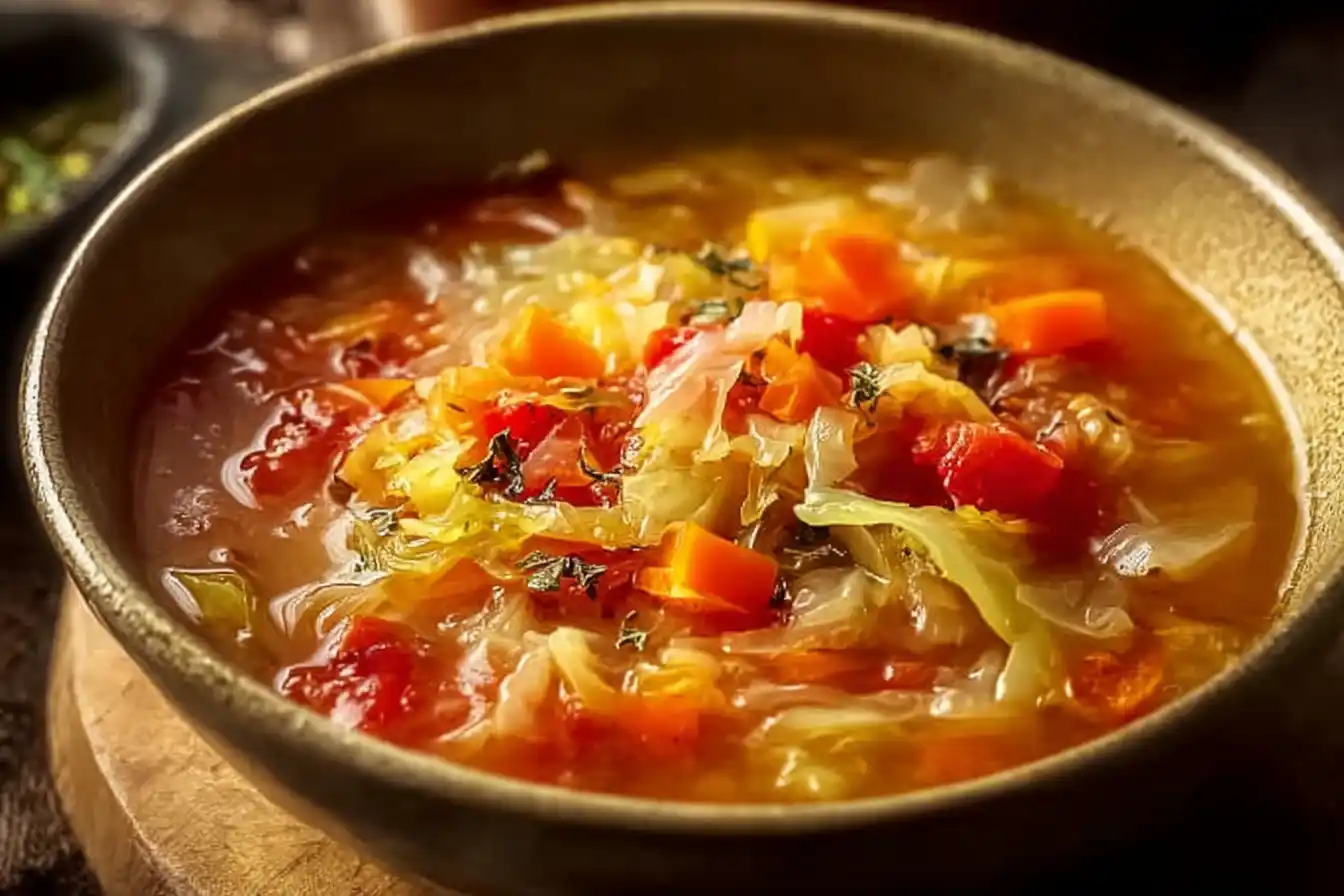
Leave a Reply